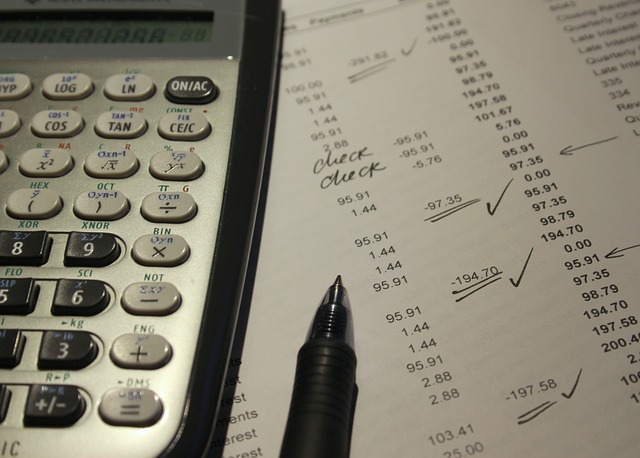The Art of Bluffing in Poker: Mastering the Mind Game
Poker is more than just a game of chance; it’s a battle of wits, strategy, and psychology. At the heart of poker strategy lies the art of bluffing – the ability to deceive your opponents and manipulate their actions by representing a stronger hand than you actually hold. Bluffing is a fundamental skill in poker online, one that can separate the amateurs from the professionals and turn the tide of a game in an instant. In this guide, we’ll delve into the art of bluffing in poker, exploring its principles, strategies, and psychology to help you master the mind game and take your poker skills to the next level.
Understanding Bluffing: The Basics
At its core, bluffing in poker involves representing strength when you actually have a weak or marginal hand. The goal of bluffing is to induce your opponents to fold their hands, allowing you to win the pot without having to show your cards. Bluffing requires careful timing, observation, and calculation, as well as the ability to dana slot, read your opponents’ tendencies and exploit their weaknesses.
Types of Bluffs
There are several different types of bluffs in poker, each with its own purpose and strategy:
- Pure Bluff: A pure bluff is a bet or raise made with a weak or worthless hand, with no chance of improving to a winning hand. Pure bluffs are typically used when you believe your opponent has a weak hand and will fold to aggression.
- Semi-Bluff: A semi-bluff is a bet or raise made with a drawing hand that has the potential to improve to a strong hand on a later street. Semi-bluffs serve a dual purpose: they can win the pot immediately if your opponents fold, or they can win the pot later if you hit your draw.
- Continuation Bet (C-Bet): A continuation bet is a bet made on the flop by the pre-flop aggressor, regardless of whether they improved their hand. Continuation bets take advantage of the concept of “fold equity,” where your opponents are likely to fold to aggression if they missed the flop.
- Bluff Catcher: A bluff catcher is a hand that is too weak to bet for value but strong enough to call a bluff from your opponent. Bluff catchers are typically used when you believe your opponent is bluffing and you want to exploit their aggression.
Strategies for Successful Bluffing
Successful bluffing in poker requires a combination of timing, observation, and psychology. Here are some strategies to help you bluff effectively:
- Choose Your Spots: Bluffing works best in situations where your opponents are likely to fold, such as when they have weak hands or are out of position. Avoid bluffing into strong hands or aggressive opponents who are likely to call or raise.
- Tell a Convincing Story: When bluffing, it’s important to tell a convincing story with your betting patterns and actions. Make sure your actions are consistent with the hand you’re representing, and avoid giving away any tells or signals that could tip off your opponents.
- Use Your Table Image: Your table image – the perception other players have of you – can be a powerful tool in bluffing. If you have a tight, conservative image, your opponents are more likely to give you credit for a strong hand when you bet or raise. Conversely, if you have a loose, aggressive image, your opponents may be more inclined to call or re-raise your bluffs.
- Mix Up Your Play: To keep your opponents guessing, it’s important to mix up your play and vary your bluffing frequency. Don’t bluff too often or too predictably, as your opponents may catch on and adjust their strategies accordingly.
- Stay Calm and Confident: Confidence is key when bluffing in poker. Stay calm, composed, and confident in your decisions, even if you’re bluffing with a weak hand. Avoid showing any signs of nervousness or hesitation, as this can give away the strength of your hand to observant opponents.
The Psychology of Bluffing
Bluffing in poker is as much about psychology as it is about strategy. By understanding your opponents’ thought processes and tendencies, you can exploit their weaknesses and manipulate their actions to your advantage. Pay attention to your opponents’ betting patterns, body language, and verbal cues to gather information about the strength of their hands and their likely reactions to your bluffs. By staying one step ahead of your opponents and keeping them off balance, you can gain the upper hand in the mind game of poker.
Conclusion: Mastering the Mind Game
Bluffing is a fundamental skill in poker, one that separates the amateurs from the professionals and can turn the tide of a game in an instant. By understanding the principles, strategies, and psychology of bluffing, you can master the mind game of poker and become a formidable opponent at the table. Remember to choose your spots wisely, tell a convincing story with your actions, and stay calm and confident in your decisions.





